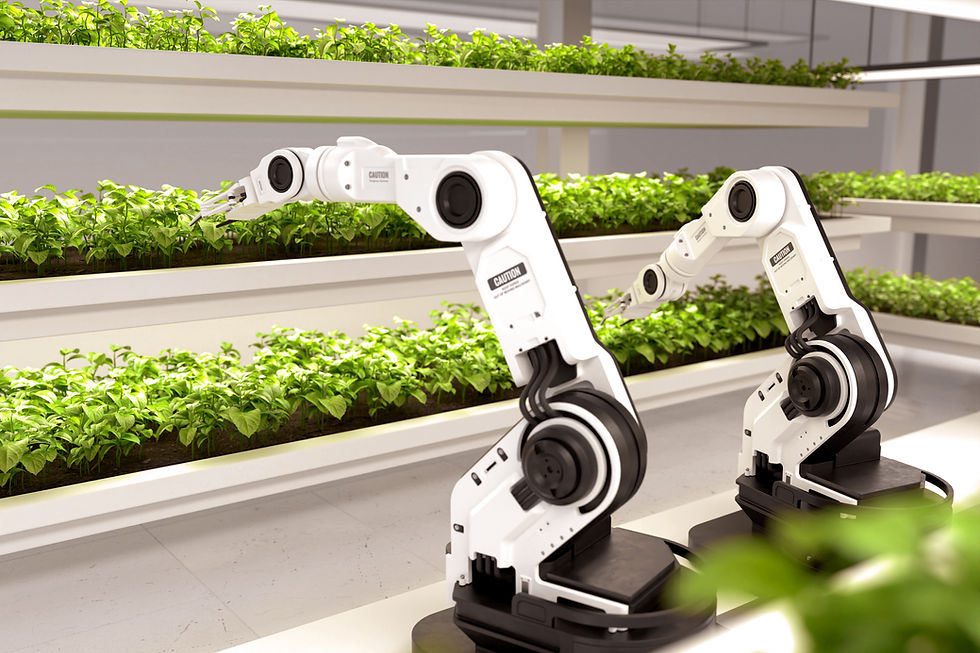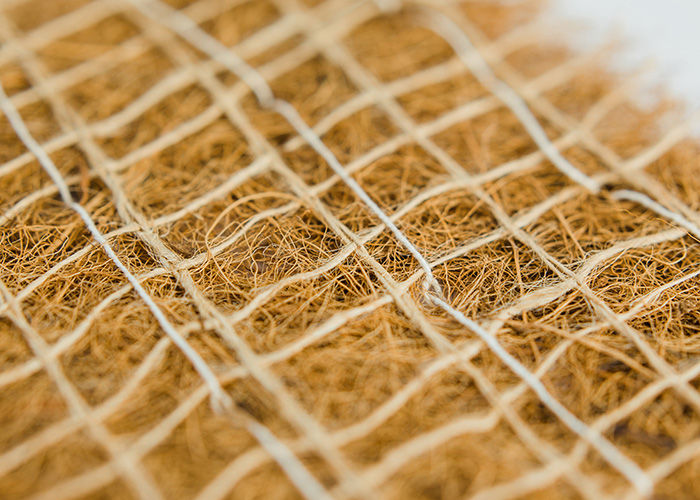Shaping the Future of Erosion and Sediment Control
- paullindemulder
- Jan 8, 2024
- 2 min read
Erosion and sediment control (ESC) is a crucial aspect of environmental protection, safeguarding landscapes from the damaging effects of water and wind. As technology continues to evolve at an unprecedented pace, it is transforming the way we approach ESC practices, introducing innovative solutions and enhancing our ability to manage and mitigate erosion. This blog will cover several new and upcoming technologies that are starting to shape the future of erosion and sediment control going into 2024.
1. Artificial Intelligence (AI)
Artificial intelligence (AI) is poised to revolutionize ESC operations, introducing automation and precision into tasks that were once solely reliant on human expertise. AI-powered systems can now analyze vast amounts of data to identify areas at risk of erosion, predict potential sediment runoff, and optimize ESC measures accordingly.
The integration of AI into ESC practices can lead to significant benefits, including:
Enhanced Efficiency: AI-powered systems can automate repetitive tasks, such as data analysis and risk assessment, freeing up valuable time for ESC professionals to focus on more complex issues and strategic planning.
Predictive Analytics: By analyzing historical data and real-time environmental conditions, AI algorithms can predict the likelihood of erosion events, enabling proactive measures to be taken to prevent damage.
Precision Landscaping: AI can assist in designing and implementing ESC measures that are tailored to specific site conditions and erosion risks, ensuring maximum effectiveness and minimizing environmental impact.

2. Drones
Drones are rapidly transforming the way we inspect, monitor, and manage ESC projects. Their ability to capture high-resolution aerial imagery and video provides valuable insights into the condition of slopes, waterways, and erosion control structures.
Drones can be used for:
Regular Inspections: Drones can conduct regular inspections of ESC sites, identifying potential problems early on and preventing them from escalating into major issues.
Precision Monitoring: Drones can monitor soil erosion rates, sediment deposition patterns, and the performance of ESC measures, providing data for real-time decision-making.
3D Modeling: Drones can generate detailed 3D models of the project site, enabling a comprehensive understanding of the topography and erosion risks.


"Seaford Head, a nationally important heritage site at increasing risk of coastal erosion related to accelerating climate change, is being investigated and recorded under a new initiative involving Archaeology South-East, part of UCL’s Institute of Archaeology."
3. Sustainable Materials
Environmental consciousness is driving the demand for sustainable ESC materials that minimize their impact on the environment while effectively controlling erosion. Biodegradable mulches, self-healing concrete, and erosion control blankets made from recycled materials are examples of innovative solutions gaining traction.
These sustainable materials offer several benefits, including:
Reducing Environmental Footprint: By utilizing renewable or recycled materials, the environmental impact of ESC projects is significantly reduced.
Minimizing Landfill Use: Biodegradable materials break down naturally over time, eliminating the need for disposal in landfills.
Enhancing Soil Health: Sustainable materials can improve soil structure and fertility, contributing to long-term environmental sustainability.

Integrated Approach to ESC Practices
The future of ESC lies in adopting an integrated approach that combines technological advancements, sustainable materials, and a holistic understanding of erosion processes. By considering all factors that contribute to erosion, including soil type, rainfall patterns, and vegetation cover, ESC professionals can design and implement effective mitigation strategies.
Conclusion
As we navigate the evolving landscape of erosion and sediment control, technology, sustainability, and integrated planning will play pivotal roles in shaping the future of this critical field. By harnessing the power of AI, drones, and sustainable materials, we can enhance our ability to protect our environment from the damaging effects of erosion and ensure the long-term health and resilience of our landscapes.




